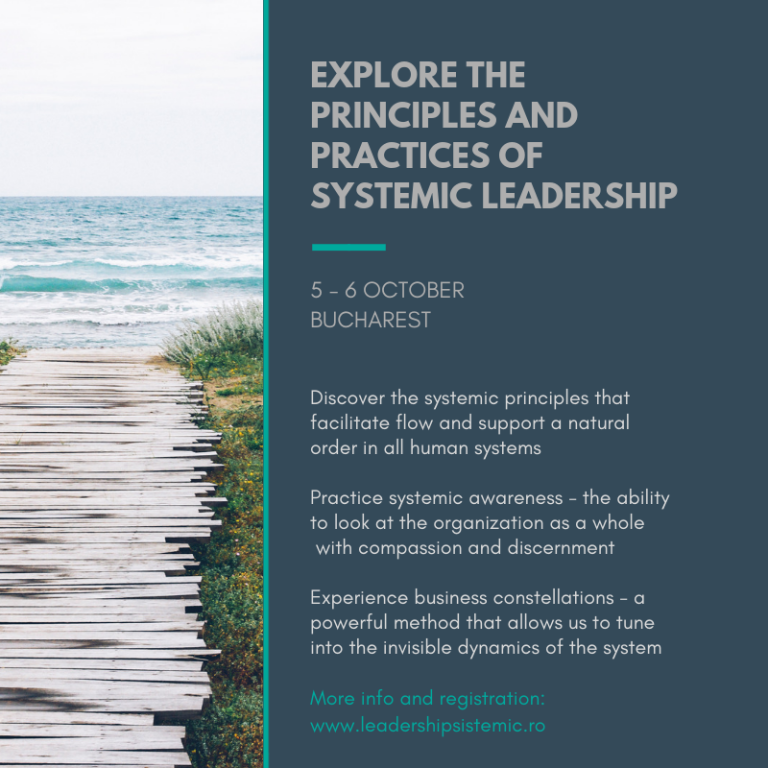One of the earliest transitions we make in life is starting school. A much heralded change in a young person’s life. Can you remember how you experienced that transition?
I can. I ran towards the school entrance with little more than a backward glance. I was following in the footsteps of an older brother and sister you see. It was a rite of passage. One that I was quite determined to traverse (according to my mother!).
Many patterns are established in childhood
Leaving school was similar. I moved on with a sense of adventure. This sense of life being an adventure has stayed with me. Always curious to explore what’s around the next corner…. An example of how patterns established in childhood have an influence on how we approach similar challenges in later life.
Of course not all patterns are as positive and some have their shadow side. Always wanting to see what’s around the next corner can get in the way of valuing the ‘here and now’ for example. And to move on, to grow, we are always being ‘disloyal’ to someone or something.
Helping people and organisations navigate change is central to my work as executive coach and facilitator with TurningTides. People are either leading change or being affected by it. Sometimes the changes are straightforward but most of the time people are grappling with complex changes that reach across geographical, organisational and cultural boundaries.
Blending models of change and systemic constellations
Navigating transitions is a uniquely personal experience and we all respond differently. I draw on a number of models and frameworks to help people make sense of where they are in the transition – William Bridges’ Model of Transition, Claes Janssen’ Four Rooms of Change Model and Otto Scharmer’s Theory U are just a few. They’re useful in themselves but they come alive when combined with systemic mapping and constellation approaches.
Systemic Constellations enable people to see beyond the presenting issues to reveal the hidden dynamics that are bedevilling a system. The people involved can be at the top of their game but if they’re entangled in powerful forces such as hidden loyalties it’s going to be difficult for the system to move forward.
Creating a safe space to allow systemic dynamics to surface and be acknowledged can enable a shift in perspective. It has a ‘settling’ effect laying the foundations for a different kind of conversation to unfold.
The systemic leadership programme
Systemic coaching and facilitation provides a language and set of tools to intervene when things are less tangible. Enabling people to tune into hidden dynamics through a living map of their system is a humbling experience. Even more so when it enables them to find a new way forward.
We’ll be covering some of this in a systemic leadership workshop I’m running in Bucharest next month with two associates – Oana Tanase and Sarah Henbrey. This unique programme shows how patterns established in early life can have an enduring influence on how we relate to others in work and life. We’ll be covering three main themes:
- Organisational change and how to settle hidden dynamics that might be preventing forward movement
- Leadership presence and how the hidden dynamics of loyalty and belonging influence how we show up as leaders
- The natural forces that order human systems and what happens when organisations are not aligned with the systemic principles
You’ll find further information here. If Bucharest is too far to travel keep a look out for our Edinburgh workshop in Spring 2019.
